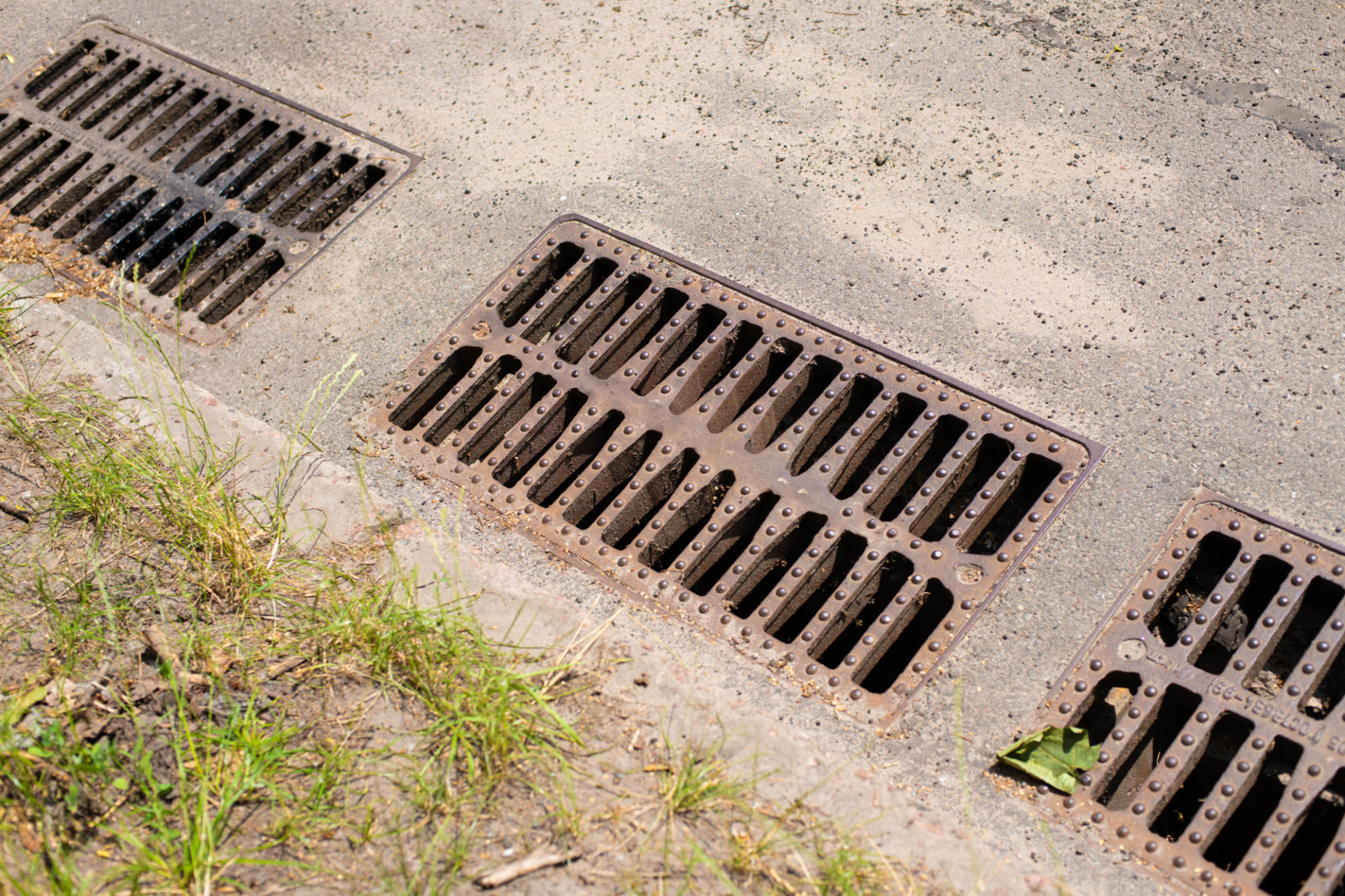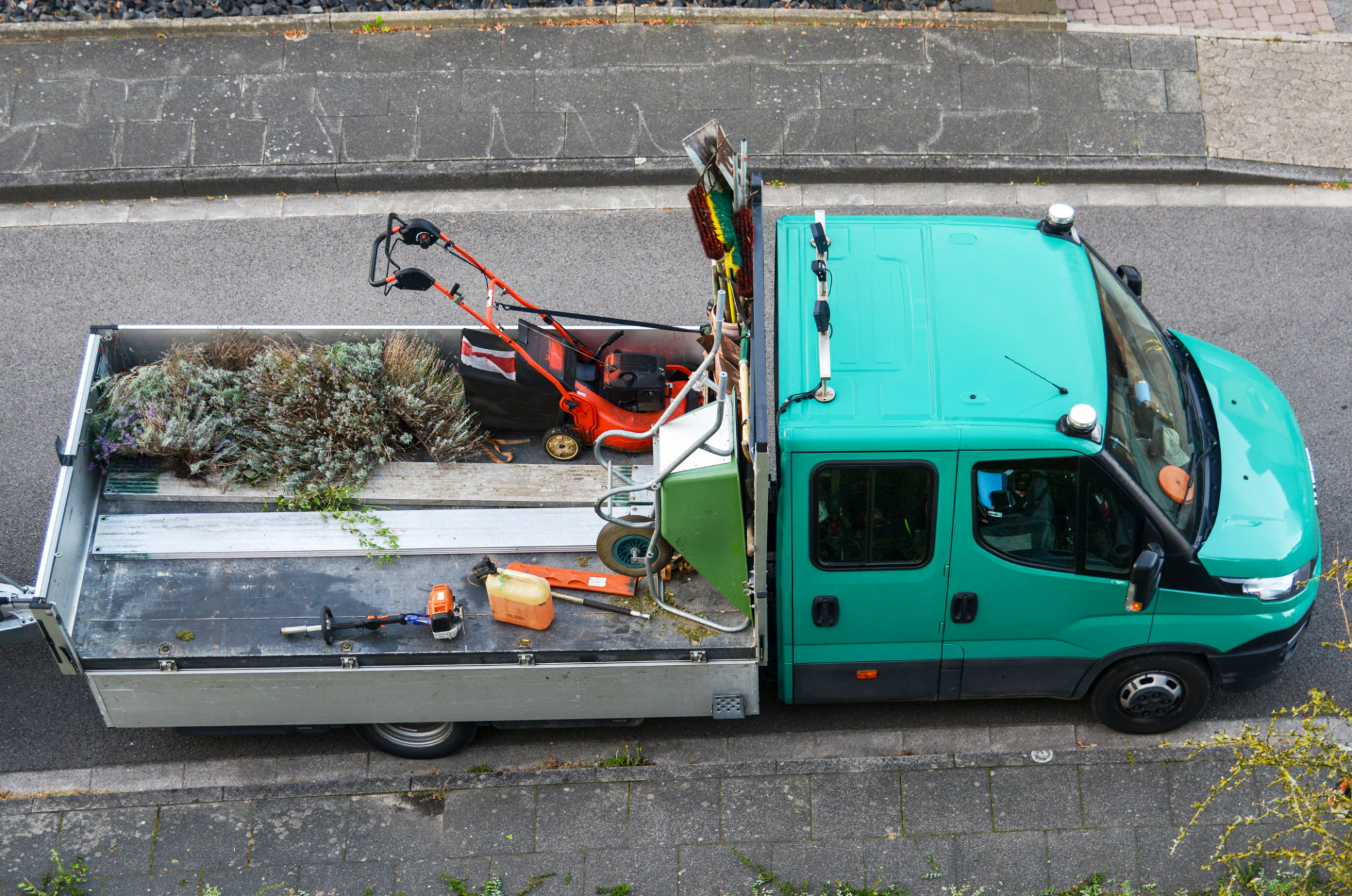How Bio-Swale Micro-Grants Transform Homeowner Properties in Florida
Understanding Bio-Swales
Bio-swales are innovative landscaping elements designed to manage water runoff, improve water quality, and enhance the aesthetic value of properties. These natural drainage systems utilize vegetation and soil to filter and absorb rainwater, reducing the impact of stormwater on urban areas. In Florida, where heavy rainfall is common, bio-swales offer an eco-friendly solution to water management challenges.
In recent years, the popularity of bio-swales has surged among homeowners seeking sustainable ways to manage their landscape. These systems not only mitigate flooding but also improve the health and vibrancy of local ecosystems. By incorporating native plants and strategic design, bio-swales can transform ordinary properties into thriving natural habitats.

What Are Bio-Swale Micro-Grants?
To encourage the adoption of bio-swales, several Florida communities have introduced bio-swale micro-grant programs. These grants provide financial assistance to homeowners looking to install bio-swales on their properties. The goal is to promote sustainable landscaping practices while alleviating the financial burden on property owners.
The availability of these grants has empowered many homeowners to invest in eco-friendly infrastructure. By covering a portion of the installation costs, micro-grants make it feasible for more residents to contribute to environmental conservation efforts.

Benefits of Bio-Swales for Homeowners
Installing a bio-swale offers numerous benefits beyond flood control. Here are some key advantages:
- Enhanced Curb Appeal: Bio-swales can be designed to complement the aesthetic of any property, adding beauty and value.
- Improved Water Quality: By filtering pollutants from runoff, bio-swales contribute to cleaner local waterways.
- Increased Biodiversity: Native plants used in bio-swales provide habitat for local wildlife, promoting biodiversity.

Steps to Apply for a Bio-Swale Micro-Grant
Applying for a bio-swale micro-grant typically involves a few straightforward steps:
- Research Eligibility: Check with local authorities or environmental organizations to determine if you qualify for a grant.
- Submit an Application: Complete the necessary paperwork, which may include a project proposal and budget estimate.
- Plan and Design: Work with a landscape designer to create a bio-swale plan that meets local guidelines.
- Implementation: Once approved, proceed with the installation using the grant funds to offset costs.
Each community may have unique requirements, so it's essential to connect with local resources for detailed guidance.
Transforming Communities One Property at a Time
The impact of bio-swale micro-grants extends beyond individual properties. As more homeowners participate, entire neighborhoods can experience reduced flooding, improved air quality, and enhanced green spaces. This collective effort fosters a sense of community pride and environmental responsibility.
Florida's commitment to sustainable practices through micro-grants is setting a precedent for other states. By investing in bio-swales, homeowners are making a significant contribution to their local environment, one property at a time.
